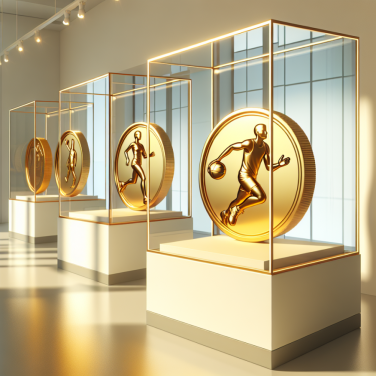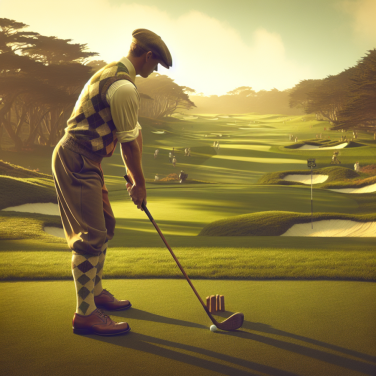Embracing the Heritage: The Continued Fascination with Classic Hickory Golf Tournaments
The seeming anachronism of hickory golf tournaments has paradoxically become a modern testament to the sport's enduring appeal. These events are more than mere historical reenactments; they are a celebration of golf's storied past and a deliberate embrace of the challenges and nuances of yesteryear's game.
To understand the appeal of classic hickory golf tournaments is to appreciate the ascetic pleasures of minimalism in an age of excess. Golfers are restricted to using traditional clubs with hickory shafts, which were prevalent prior to the 1930s. This limitation is not viewed as a hindrance but rather as a unique aspect that enriches the experience. Players find joy in the tactile sensation of the wooden shaft and the distinctive sound it produces upon striking the ball – sensations largely lost in the modern game.
The challenge presented by these old clubs is significant. Modern golf technology has been designed to correct human error, allowing players a degree of forgiveness that simply did not exist in the early days of golf. Hickory clubs demand a high level of skill and finesse, providing a sterner test of true golfing ability. Enthusiasts argue that this makes successes all the more satisfying and any victories a testament to skill rather than technological advantage.
The tournaments often occur at courses with their own historic pedigrees, deepening the sense of connection to golf's heritage. Participants don classic attire, with tweed caps and plus fours, to complement the era of the equipment they wield. This theatricality adds to the charm and ambiance of the event, making it not just a sporting competition but a step back in time.
Another aspect of these tournaments is their inherent community spirit. They often attract like-minded individuals who share a passion for the traditions of golf. These communities support the preservation and continued interest in the art of playing with hickory clubs, fostering an environment in which the legacy of the sport is honored and its future as a niche pursuit within golf is secured.
The continued fascination with classic hickory golf tournaments is a testament to the game's ability to transcend time. They remind us that innovation in sport is a wonderful thing, but so too is remembering and preserving its history. Such tournaments offer a tangible link to golf's storied roots, allowing players to see, feel, and play the game as it was over a century ago.
Read also:
The Timeless Art of Karate: A Journey through Its History and Culture
Reviving the Nostalgic Charm of Traditional Hickory Golf Clubs
Within the realm of golf, few aspects exemplify the sport's storied past as the use of traditional hickory golf clubs. Nostalgia entwines each shaft, connecting modern-day players to the roots of the game. As enthusiasts seek an authentic connection to golf's early days, many have turned to playing with hickory clubs, reviving the age-old craftsmanship and unique playing experience.
One of the reasons for the resurgence in hickory golf's popularity is the distinctive feel of the game when played with these clubs. Hickory, being a more flexible wood than the modern materials used in today's clubs like steel or graphite, offers a completely different feel. It requires a certain finesse and encourages players to rely more on skill and form than power. The clubs are lighter and absorb shock in a manner unlike their contemporary counterparts, presenting a challenge that many golfers welcome.
Another element fueling the hickory revival is the authenticity it brings to the game. Playing with clubs that are replicas of those from the early 20th century—or in some cases, actual vintage equipment—golfers experience the game as legends once did. This historical aspect is not only fascinating but also educational, providing insights into how the technological evolution of golf equipment has changed the way the game is played.
Tournaments dedicated to hickory golf have also become increasingly popular, celebrating the way golf was played in its earlier years. These events often encourage period-appropriate attire, further immersing participants in the historical ambiance. The camaraderie found in these tournaments is a testament to the shared appreciation of golf's heritage, and many players find great joy in competing in a more classic and arguably purer form of the sport.
In addition to the traditional playing experience, the craftsmanship of hickory golf clubs draws attention. Handcrafted with attention to detail, each hickory club is a work of art. The beauty of the wood grain, the careful shaping of the club heads, and the hand-wrapped leather grips showcase a level of artisanship that modern, mass-produced clubs often lack. Many hickory enthusiasts treasure the aesthetic appeal and bespoke nature of their equipment.
Moreover, the revival of hickory golf has given rise to a niche market of craftspeople and manufacturers who specialize in creating these clubs. They blend historical techniques with modern precision to ensure the clubs are not only authentic in their appearance but also playable.




